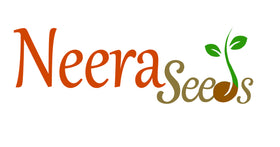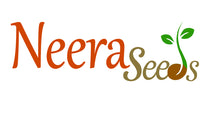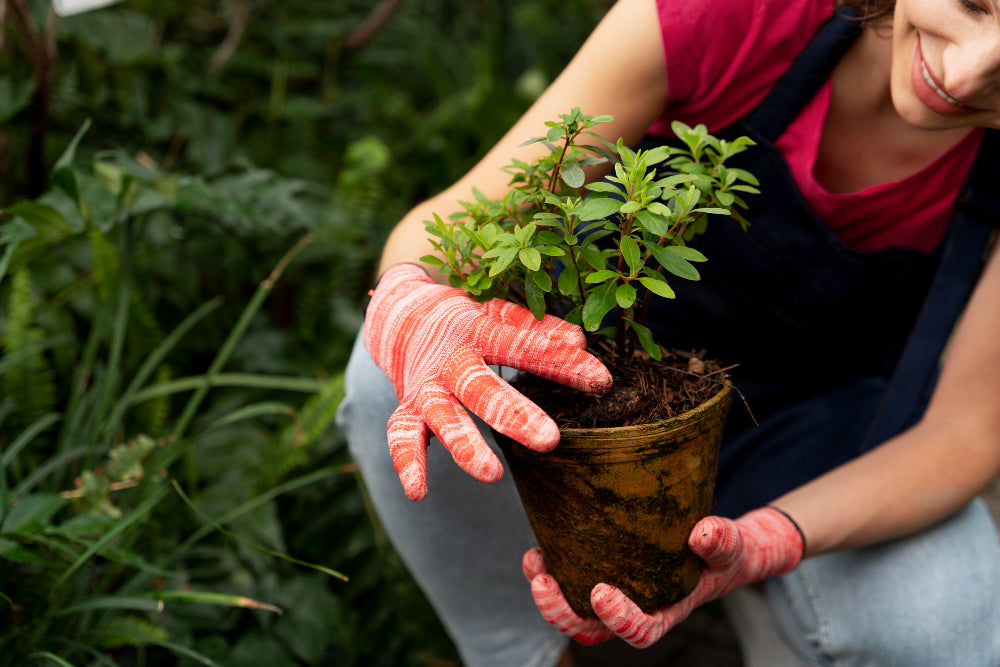Starting a garden from seeds is one of the most rewarding experiences for any gardener. Whether you're planting herbs on a balcony or building a full backyard vegetable patch, growing from seeds offers variety, cost savings, and the joy of watching life sprout from the soil. Here's everything you need to know to get started.
1. Choose the Right Seeds
Before you start planting, decide what you want to grow. Consider your climate zone, available space, and how much sunlight your garden will receive. Popular beginner-friendly seeds include:
-
Lettuce
-
Radishes
-
Carrots
-
Basil
-
Tomatoes
-
Zinnias (for flowers)
Check the seed packets for information on growing seasons, germination times, and special requirements.
2. Gather Your Supplies
To start your seeds, you'll need:
-
Seed trays or small containers
-
Seed-starting mix (light and well-draining)
-
A spray bottle or gentle watering can
-
Grow lights or a sunny window
-
Labels or markers to keep track of your plants
3. Start Indoors (for Most Crops)
Most vegetables and flowers benefit from being started indoors 6–8 weeks before the last frost. Fill your containers with seed-starting mix, plant seeds according to the depth on the packet, and lightly water them. Keep the soil moist but not soggy.
Use a clear plastic dome or cover to retain moisture until germination occurs, and place the containers in a warm spot (65-75°F).
4. Provide Light and Warmth
Once seedlings emerge, they need plenty of light. If natural sunlight is limited, use grow lights placed a few inches above the plants. Keep them on for 12–16 hours a day.
Make sure your seedlings are not getting too leggy, which can happen with insufficient light.
5. Water and Feed Wisely
Water when the top layer of soil feels dry. Overwatering is one of the most common mistakes—roots need air as well as moisture. Once seedlings have developed a few true leaves, you can begin feeding them with a diluted liquid fertilizer.
6. Harden Off Before Transplanting
Before moving your seedlings outdoors, they need to acclimate to the environment. Start by placing them outside for a few hours a day in a sheltered spot, gradually increasing the time and exposure over a week.
This process, called hardening off, prevents transplant shock and strengthens young plants.
7. Transplant to Your Garden
Once the risk of frost has passed, transplant your seedlings to prepared garden beds or containers. Space them according to the packet instructions, water them well, and consider adding mulch to retain moisture and deter weeds.
8. Keep Learning and Growing
Gardening is a journey. Monitor your plants daily, watch for pests, and enjoy the process. As your garden grows, so will your confidence and experience.
Whether you're growing for food, beauty, or fun, starting from seeds is a fantastic way to cultivate a deeper connection with nature and your food. Happy planting!


